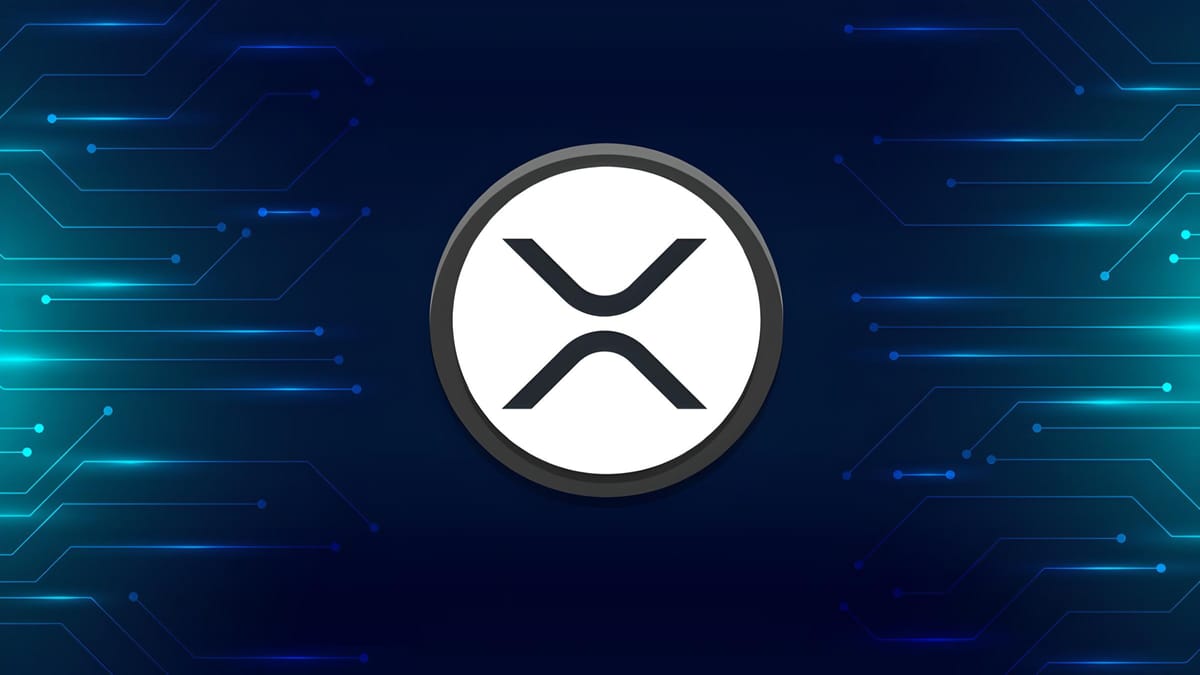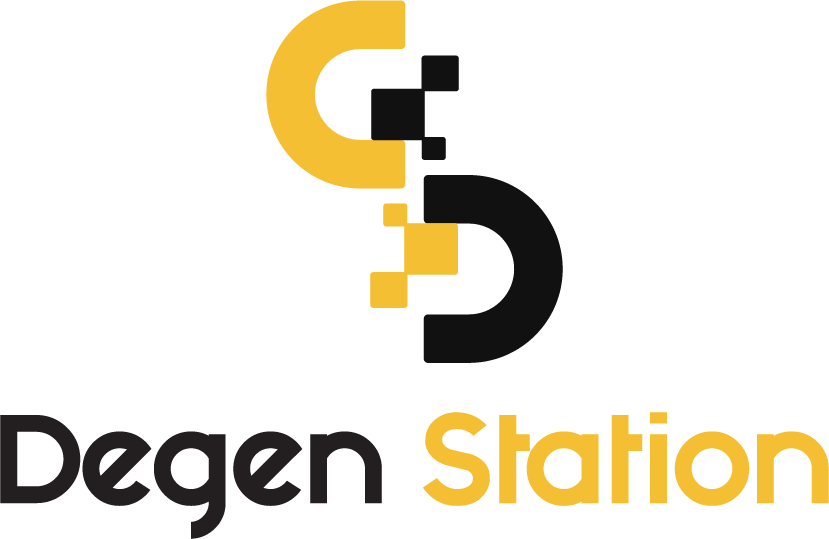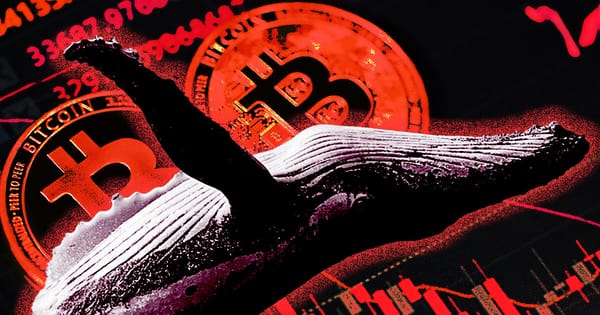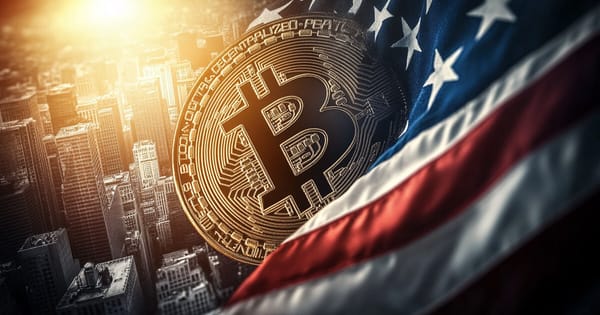Grayscale Criticizes XRP Network, Claims It Only Supports Payments

Grayscale Investments, one of the largest cryptocurrency investment firms in the world, has made some controversial statements about XRP.

On August 21st, Stefan Huber’s Twitter account shared a document that Grayscale submitted to the U.S. Securities and Exchange Commission (SEC) explaining the differences between Stellar Lumens (XLM) and XRP. This document was intended to justify Grayscale’s decision to choose XLM for its investment product (Stellar Lumens Trust) and to sever all ties with XRP in January 2021.
Grayscale argued that, like XLM, XRP is a digital asset used to facilitate payments quickly and efficiently. However, Grayscale claimed that XRP’s sole function is to support payment transactions, unlike the Stellar network, which facilitates the creation of digital assets and provides a decentralized exchange platform.
.@BarrySilbert reiterates in its latest SEC filing this week that the XRPL has no DEX& unlike XLM don't offer tokenisation. The functionality of the XRPL is limited to cross-border payments. Isn't it a criminal offence to repeatedly make false statements in SEC filings?@freddyriz https://t.co/ATWMixSqeV pic.twitter.com/XGP3GLlRys
— Mr. Huber🔥🦅🔥 (@Leerzeit) August 21, 2022
This statement from Grayscale has had a significant impact on the Ripple community. Recently, Ripple found itself embroiled in another tense drama, this time with Ethereum co-founder Vitalik Buterin.
Many users quickly responded to Grayscale’s claims. For example, Santiago Velez argued that Grayscale was not “careful” in its remarks about XRP:
“To be precise, RippleNet as a private, permissioned network should not have DEXs or digital assets. However, this is not the case with XRPL. The sole function of XRP is to facilitate fiat payment transactions. This statement alone is entirely incorrect.”
To be precise, RippleNet as a permissioned, private messaging network does not have a DEX nor tokenized assets. The XRPL open, permissionless network does. So their phrasing is intentionally convoluted to create improper association w/ XRP as a DA, even if not technically wrong.
— Santiago Velez ☀️ 🏴☠️🪝 (@Santiag78758327) August 21, 2022
It seems that Grayscale’s use of language in the document may be misleading. The investment firm referred to the “Ripple Network,” which includes both RippleNet and the XRP Ledger (XRPL). In the case of XRPL, the statement is inaccurate because XRPL is a powerful tool for Ripple, enabling NFT activities and smart contract deployments through sidechains.
In January 2022, Ripple released its first NFT test version on the XRP Ledger and upgraded the protocol standard to allow users to explore full NFT functionality on the platform. This laid a solid foundation to capitalize on the current market growth trends. Ripple had previously set up a $250 million fund to invest in NFT projects on XRPL in September 2021.
Additionally, the cross-chain bridge Allbridge, which facilitated connections between Layer 1 giants Near Protocol and Terra at the end of 2021, also supports DeFi on the XRP Ledger. From the perspective of traditional business adoption and real-world applications, XRPL has hosted Ducati’s first NFT collection and has been trusted by the Colombian government to use XRPL blockchain for its National Land Registry Agency.





